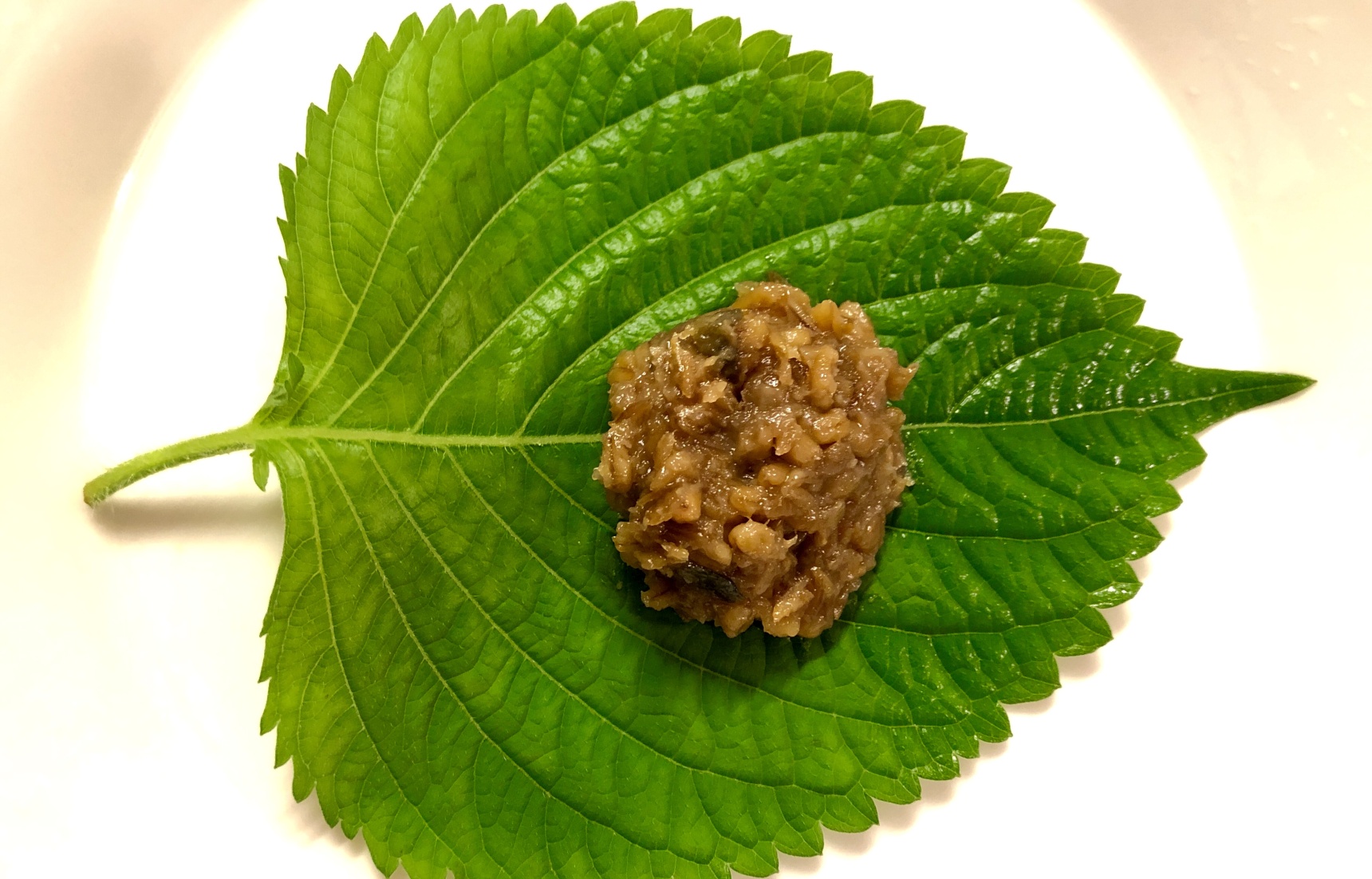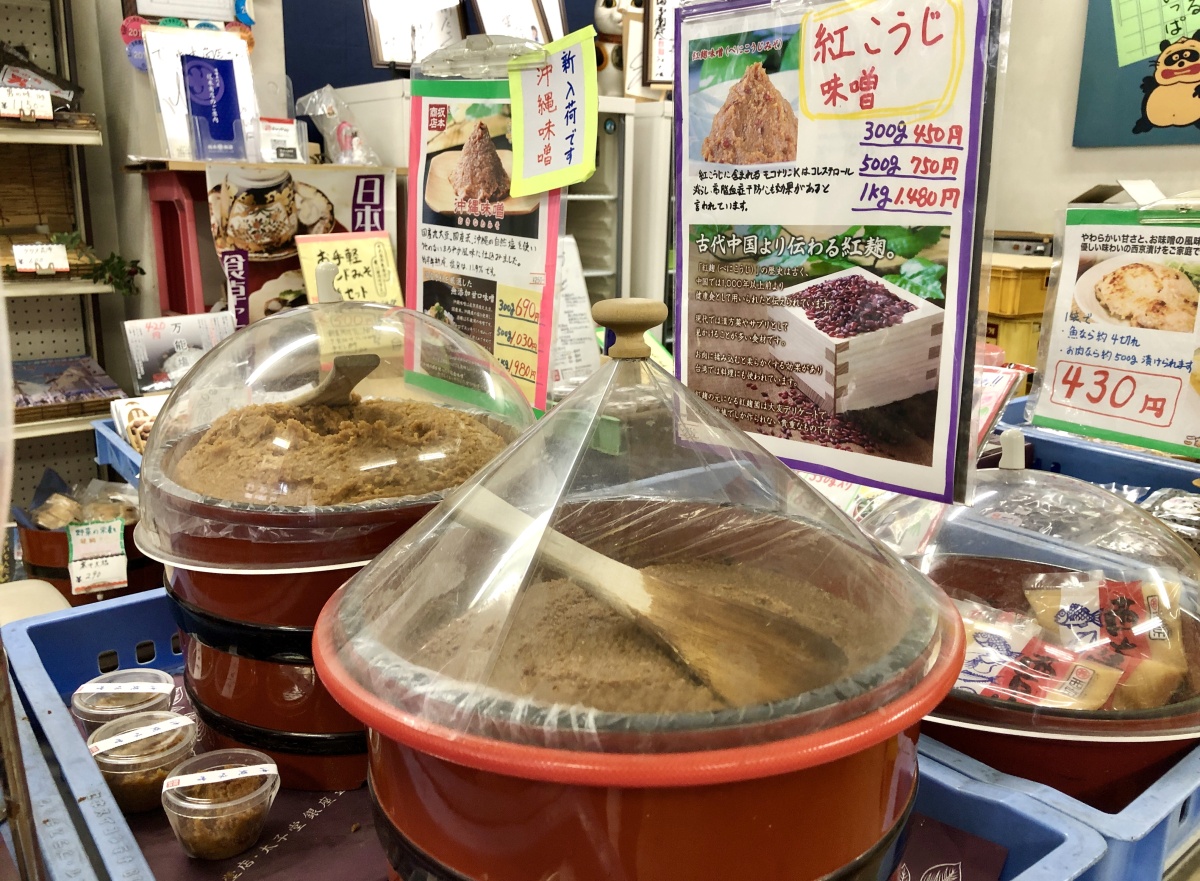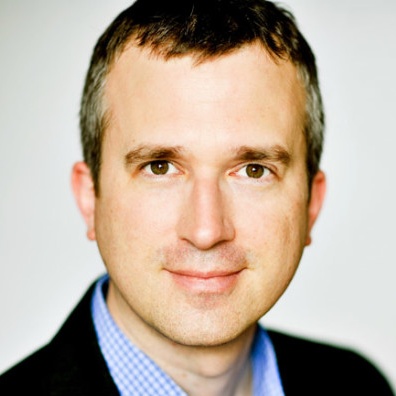Super Soy: Japan’s Rich Miscellany of Miso

Just about everyone who visits Japan will be served a bowl of miso soup at one point or another. It’s easy to overlook this common side dish, but like so much in Japanese culture, it hides a world of tradition, variety and craftsmanship. The key element here is miso, a humble bean paste with remarkable culinary power and health benefits.
By Tim Hornyak
Miso is sold in large tubs like this one at a shop in Tokyo's Nakano neighborhood.
Made of fermented soybeans, miso is one of the basic flavorings of Japanese cuisine. Aside from misoshiru soup, you’ll find it in everything from ramen (misoramen) to stir-fry (misoitame) to rice cakes (misomochi) and pork cutlets (misokatsu). Kinzanji miso incorporates vegetables such as eggplant and cucumber and can be enjoyed as a side dish unto itself.
What may not be obvious about miso is its diversity. Depending on how it’s made, it can be in the sweet, salty, umami or tart regions of the flavor spectrum. It can also come in light, dark, red and other shades. Learning about the different traditions of miso, for instance by trying different kinds of miso soup, is another delectable way of learning about Japan itself.
From bean to bowl

Miso packages in Japan proclaim their ingredients are 100% domestically produced.
Miso is believed to have been introduced to Japan from China or Korea in the 7th century. Originally a delicacy for Japanese nobles and clerics, miso was gradually adopted by other social classes as production increased. Miso soup became a staple for samurai, and then farmers and commoners, during the 12th to 16th centuries. In the Edo period (1603–1867), the growing wealth of the merchant classes drove demand for high-quality, sophisticated miso. Meanwhile, miso diversified into a range of styles, tastes and colors.
Today, there are more than 1,300 types of miso, according to the Japan Federation of Miso Manufacturers Cooperatives. Before getting into the types, it’s helpful to understand how miso is made. Production involves a two-step fermentation process using a fungus known as koji (Aspergillus oryzae), a crucial ingredient in the manufacture of soy sauce, sake and shochu; so great is the role of koji in Japanese food and drink that the Brewing Society of Japan designated it a “national fungus” (kokkin) in 2006.
The grain used for miso (either rice, barley or soybean) is first soaked, drained, steamed and cooled before inoculation with koji and kept in a humid anaerobic environment for two days. Next, it’s mixed with cooked soybeans that have been salted and, sometimes, prepared with seed miso from a previous batch. The mixture is then packed into giant cedar barrels or other containers and left to ferment for weeks to years. The longer the fermentation, the more intense the flavor.
A marvelous multiplicity

Okinawa miso (left) and Benikoji (red malt rice) miso in a shop in Tokyo.
Many variables can affect the fermentation and aging process, resulting in different types of miso. These varieties can be divided into three broad groups depending on malt. Each has its own geographical area. Rice-malt miso (komemiso) is made from soybeans, malted rice and salt and is the most common type of miso in Japan; it’s produced in most of the country. Barley-malt miso (mugimiso) swaps rice for barley and is made in western Honshu, western Shikoku and Kyushu. Similarly, soybean-malt miso (mamemiso) is made from soybeans, malted soybeans and salt. Known for its saltiness, it’s produced in a region of central Honshu centering on Aichi Prefecture.
Aside from malt type, miso can be further divided by taste, color and origin. Rice-malt miso, for instance, can taste sweet or full-bodied, and can take on a whitish (shiromiso) or reddish (akamiso) hue, due to shorter or longer fermentation periods, respectively. Other types include Shinshu miso, made in the Nagano Prefecture region and having a light color and umami punch, and Aichi Prefecture’s Hatcho miso, which is very dark and rich after having been aged for two and half years under the pressure of heavy rocks. Nagano and Aichi are Japan’s No. 1 and 2 producers of miso, respectively. Other varieties include Tokyo’s Edo Amamiso, which is red and sweet.
Another kind is awase or chogo miso. This is a mixture of various miso types, not unlike blended whisky, created to bring out the best of each. With its rich beery notes, mamemiso is often blended with lighter varieties of miso to create awasemiso with greater complexity.
Paste power goes global

Miso sampler packs include varieties such as Hatcho (top), Sendai koshi (middle), and Tokusen komekoji (bottom).
While miso in all its forms may be considered a high-sodium food, studies have shown that miso soup consumption is not associated with increased blood pressure or hypertension; in fact, components in miso promote the release of salt by the body, lowering blood pressure. Indeed, many Japanese swear by the benefits of miso as a fermented food because it’s full of prebiotics and probiotics, which promote gut health. Aside from beneficial bacteria, miso contains vitamins, minerals and amino acids.
As Japanese enjoy one of the longest life expectancies in the world, international attention has focused on miso as an essential part of the Japanese diet. Exports of miso hit a record high for the seventh year in a row in 2019, reflecting an overseas boom in Japanese cuisine and probiotic foods. It’s catching on far beyond health-food shops and cookbooks. In France, chefs have been pairing miso’s savory umami with foie gras and even incorporating shiromiso into macarons, and in Italy, they have been blending miso into olive-oil based pastas and salad dressings.
Miso has unlimited applications and can go in just about anything. So next time you get a chance to try a new type of miso, give it a whirl. You might find yourself at the start of a whole new culinary journey.
More Miso-related Articles
The Japanese Secret to Longevity Through Food
How to Make 4 Traditional Japanese Soups
5 Dishes to Boost Your Japanese Cooking Skills



